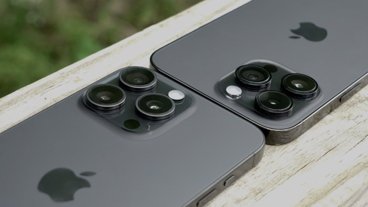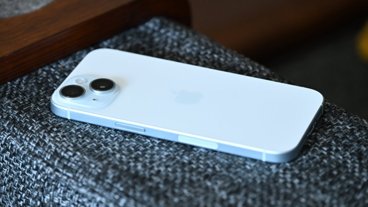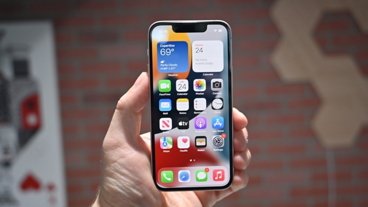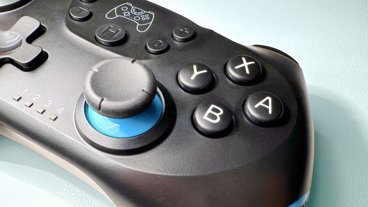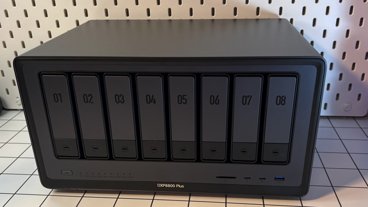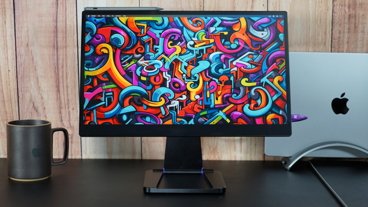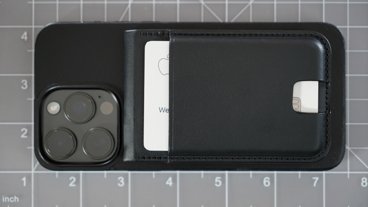Wintek's sales plunge hints at Apple's switch to in-cell iPhone touch panels
Over the last seven years, Wintek's June sales have, on average, increased 1 percent month over month, according to Brian White, analyst with Topeka Capital Markets. The 33.6 percent drop seen by Wintek in June is the largest month-over-month sales drop he's seen since late 2008.
But White doesn't believe slower sales at Wintek are a sign that sales of Apple's touchscreen devices are slowing. Instead, he said the sudden drop could be an indication that Wintek is losing market share in key next-generation Apple products.
Leading up to its June sales drop, there has been recent evidence that Wintek could be losing ground in Apple's supply chain. For example, some reports from earlier this year claimed that Apple plans to adopt new, thinner in-cell touch panels for its next iPhone.
The companies rumored to provide in-cell touch panels to Apple are Sharp and Toshiba Mobile, while an additional report in May also named Sony as a potential supplier. Current iPhone and iPad models use glass-on-glass touch solutions provided by Wintek and TPK Holdings, and Wintek does not offer in-cell technology.
White estimates that Wintek previously generated more than 50 percent of its total sales from Apple. The company is said to have provided a significant share of touch panels for both the iPhone and iPad.
"Clearly, Apple has many next generation products on the horizon," White wrote in a note to investors, "and the company may be adjusting its suppliers."
 Neil Hughes
Neil Hughes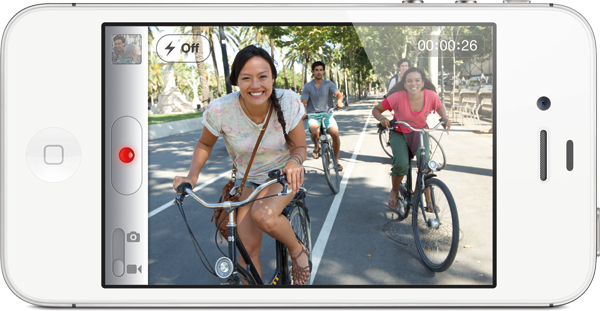
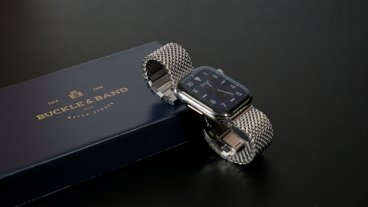

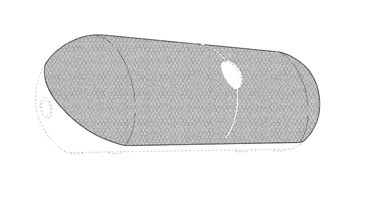
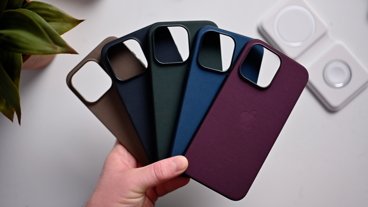
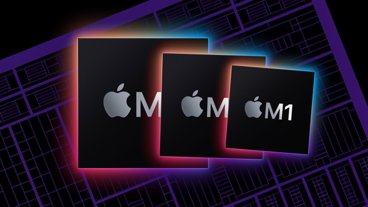
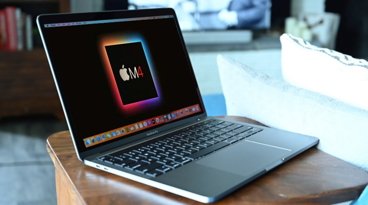
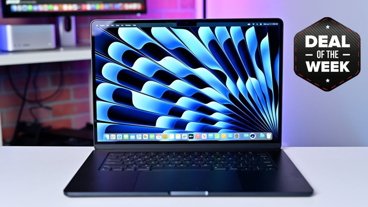
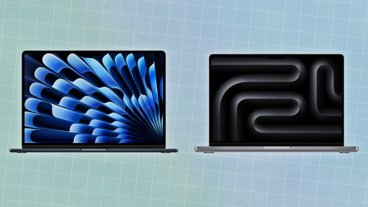
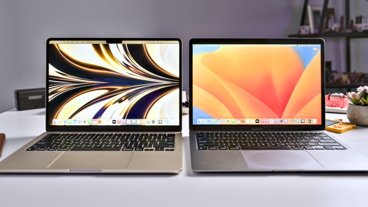
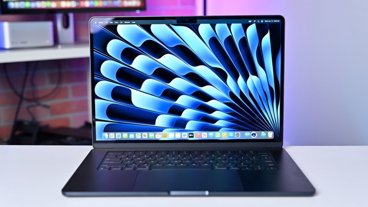
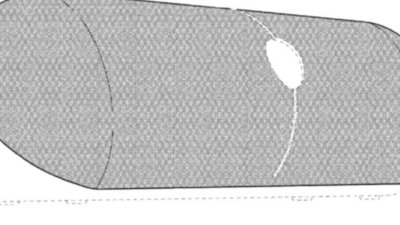
 William Gallagher
William Gallagher
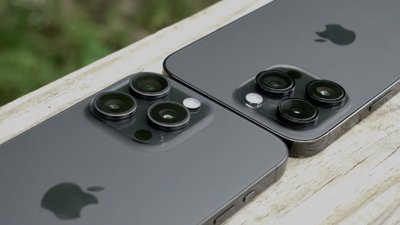
 Mike Wuerthele
Mike Wuerthele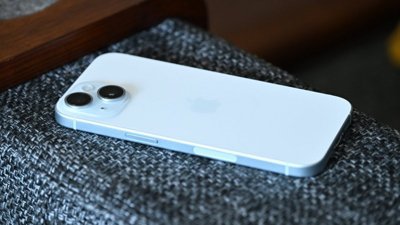
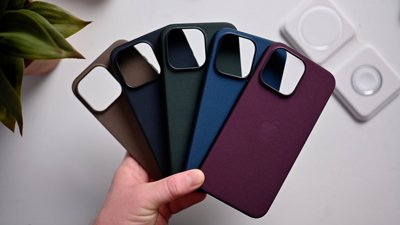

 Andrew Orr
Andrew Orr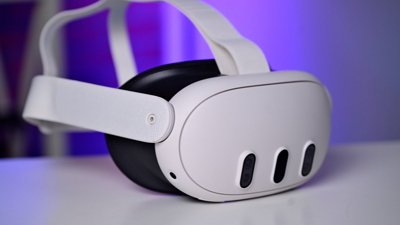
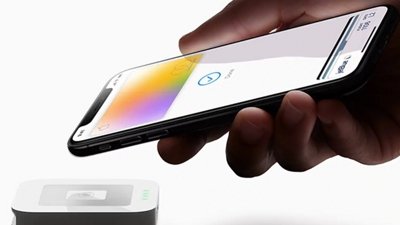
 Marko Zivkovic
Marko Zivkovic